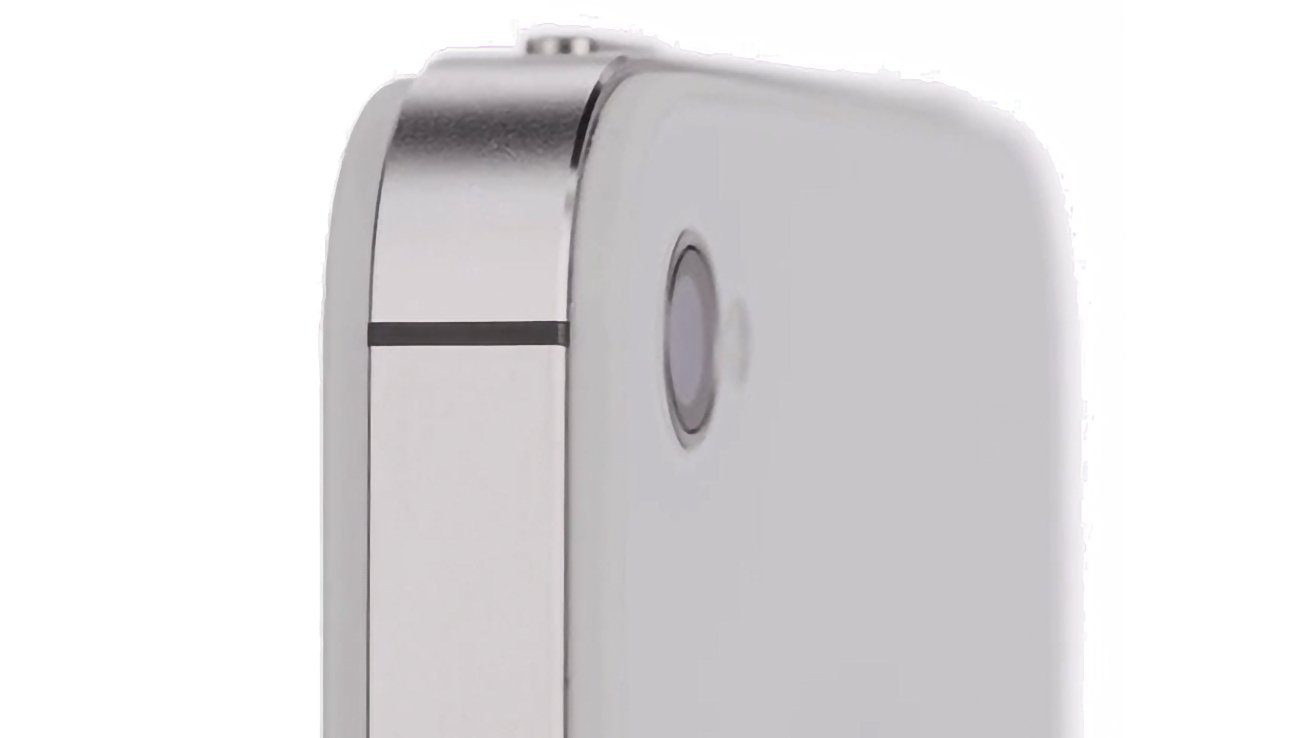In 2010, Apple introduced the iPhone 4, a device that quickly became the center of a significant controversy known as “Antennagate.” Users reported that holding the phone in a particular way led to a noticeable drop in signal strength, sparking widespread criticism and media attention. Fifteen years later, a deeper analysis has revealed that the root cause of this issue was not solely hardware-related but also involved a critical software miscalculation.
The Genesis of ‘Antennagate’
Upon its release, the iPhone 4’s innovative design featured a stainless steel band that doubled as the device’s antenna. This design choice aimed to enhance signal reception while maintaining a sleek aesthetic. However, users soon discovered that gripping the phone in a manner that covered the bottom left corner resulted in significant signal attenuation, leading to dropped calls and reduced data speeds. This phenomenon was particularly evident in areas with already weak signal strength.
The public outcry was swift and intense. Media outlets extensively covered the issue, and competitors seized the opportunity to highlight the flaw. In response, Apple held a press conference where then-CEO Steve Jobs addressed the concerns. Jobs suggested that users should avoid holding the phone in a way that covered the antenna gap, a statement that was met with mixed reactions. To mitigate the backlash, Apple offered free bumper cases to iPhone 4 owners, which helped alleviate the problem by preventing direct contact with the antenna.
Uncovering the Software Misstep
While the hardware design played a role in the signal attenuation, recent findings have shed light on a software component that exacerbated the issue. Developer Sam Henri Gold delved into the iOS code and identified a critical flaw in the signal strength calculation algorithm. The problem lay in the lookup table used to convert raw signal strength data into the familiar bar representation displayed on the screen.
The original lookup table was overly optimistic, assigning higher bar counts to lower signal strengths. This meant that users often saw a full set of bars even when the actual signal was weak. Consequently, any slight interference, such as the attenuation caused by holding the phone, resulted in a dramatic drop in the displayed signal bars. This visual discrepancy amplified the perception of the problem, making it appear more severe than it was.
Gold’s analysis revealed that a mere 20 bytes of code were responsible for this miscalculation. By adjusting the thresholds in the lookup table to more accurately reflect true signal strength, the dramatic drops in displayed bars were mitigated. This correction was implemented in subsequent iOS updates, effectively addressing the visual aspect of the issue.
Financial and Reputational Impact
The ‘Antennagate’ controversy had tangible repercussions for Apple. The company faced multiple class-action lawsuits alleging that it had misrepresented the iPhone 4’s capabilities and failed to disclose the antenna issues adequately. In 2012, Apple reached a settlement, offering affected customers either a $15 cash payment or a free bumper case. The total cost of these settlements, combined with the expenses of the free case program, amounted to approximately $175 million.
Beyond the financial implications, the controversy challenged Apple’s reputation for delivering flawless products. The company’s initial response, particularly the suggestion that users were holding the phone incorrectly, was perceived by some as dismissive. However, Apple’s subsequent actions, including the free case program and software updates, demonstrated a commitment to resolving the issue and maintaining customer trust.
Lessons Learned and Subsequent Innovations
The lessons from ‘Antennagate’ influenced Apple’s approach to antenna design in future devices. With the release of the iPhone 4S, Apple introduced a redesigned antenna system that could intelligently switch between two antennas to transmit and receive signals. This innovation aimed to improve call quality and data speeds while minimizing the risk of signal attenuation due to hand placement.
Consumer Reports, which had previously withheld its recommendation for the iPhone 4 due to the antenna issues, conducted tests on the iPhone 4S and found that the problems had been addressed. The organization subsequently recommended the new model, noting that it did not suffer from the reception problems observed in its predecessor.
Reflecting on ‘Antennagate’
Fifteen years after the ‘Antennagate’ incident, it serves as a case study in product design, quality assurance, and crisis management. The combination of hardware design choices and software miscalculations led to a significant consumer backlash. However, Apple’s response—acknowledging the issue, offering remedies, and implementing design improvements—illustrates the importance of addressing customer concerns proactively.
The incident also highlights the critical role of software in hardware performance. A small error in code can have outsized effects on user experience and perception. As technology continues to evolve, ensuring that both hardware and software components are meticulously tested and aligned is paramount to delivering reliable and user-friendly products.



